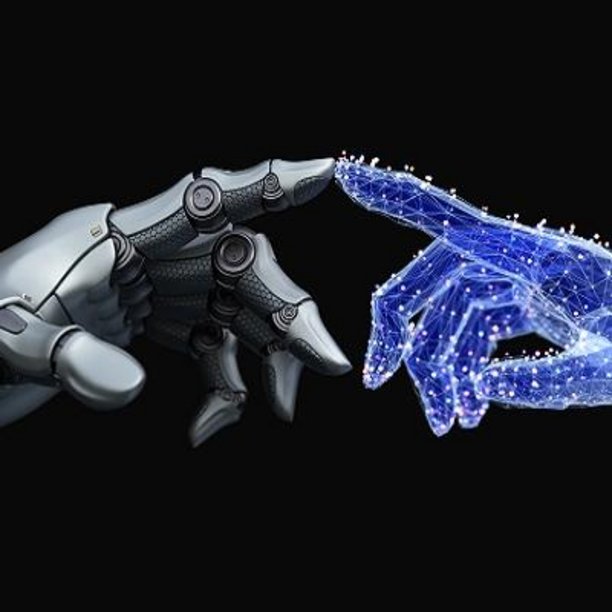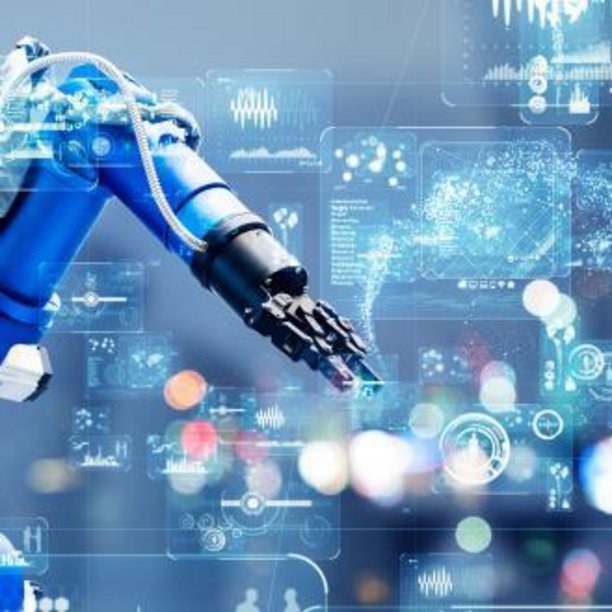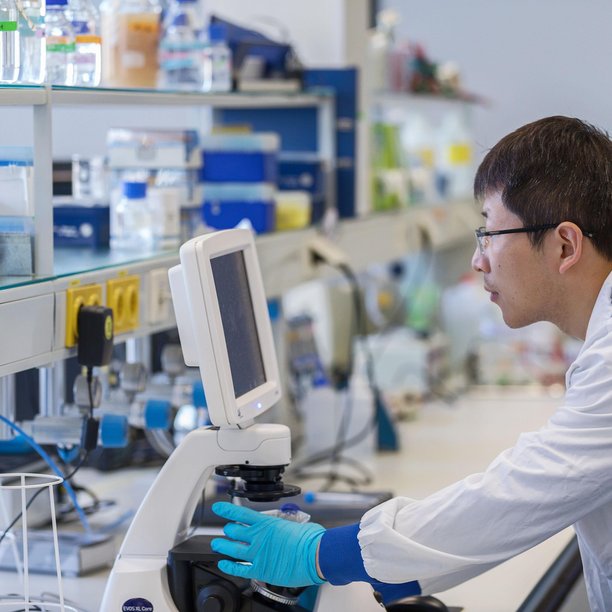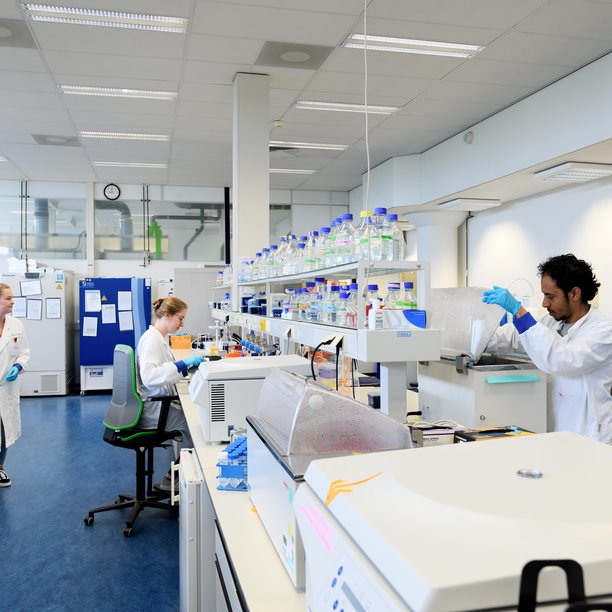Digital Twin Lab
Rapid progress in digitalization and artificial intelligence is providing numerous opportunities for human-interaction research at TU/e. Connecting the real world to the digital world using Digital Twins is facilitated by an increasing availability of sensor information, which allows new applications in many different areas to be explored. Examples of projects currently being pursued are described below.
EAISI, as the linking pin between TU/e departments and industry in AI, has recently started a Digital Twin lab to support experiments in this area, in its three application areas of high-tech systems, health and mobility. The goal of the lab is to bring researchers together, to share experiences, reduce the cost of setting up experimental environments and to address the important societal issues.
This typically involves modelling real-world situations and creating data interfaces between the real context and model. The Digital Twin lab will provide tools such as Virtual Reality (VR) and Augmented Reality (AR) to allow deeper interaction with the virtual models.
If you are interested in knowing more about the lab or see ways you would like to contribute, contact us.
Digital Twin projects
Contact
-
Digital Twin Lab
-
Lab Manager
Daniel Escobar -
Operation Manager
Bart van den Dool





